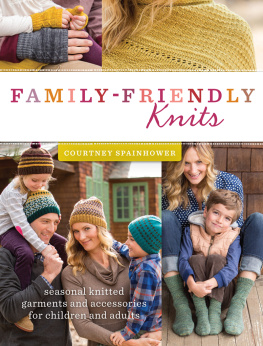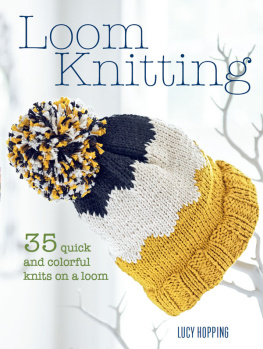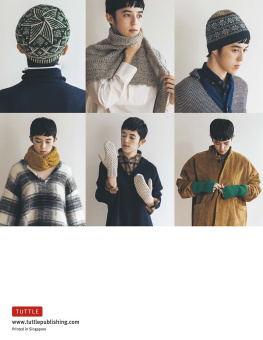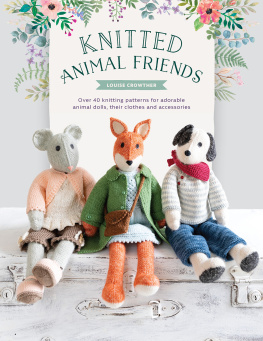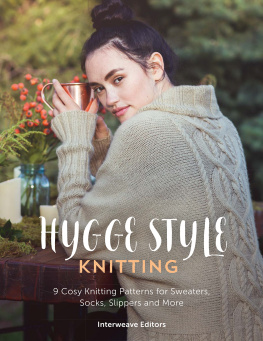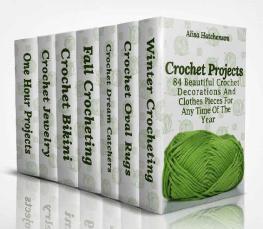
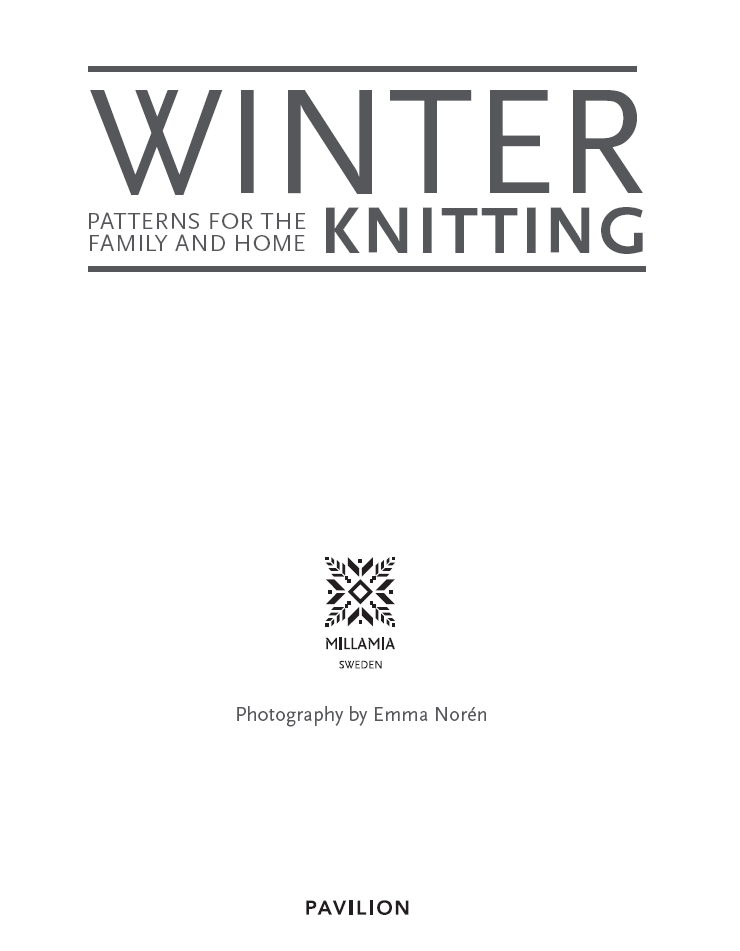
CONTENTS

INTRODUCTION
When we think of winter in our homeland of Sweden there are some immediate associations that come to mind. As the seasons change from cool, crisp autumn to the cold and dark of winter, Scandinavians are particularly good at easing this transition with clothing, interiors and food that bring warmth and light. We wanted to share some of these wonderful traditions, designs and activities with you but of course with the signature modern twist that we at MillaMia bring to all things knitted. In this book you will find a mix of knitting projects to see you through the winter season. Indulge in kitting yourself out for the first fall of snow, make clothes that the kids can wear for the festive season and create interior projects that will bring warmth both literally and visually.

BEFORE YOU START
SKILL LEVELS
Recognising that we are not all expert knitters, we have graded each pattern in the book to allow you to gauge whether it is one that you feel confident to try.
SOME ADVICE
As there can be colour variations between dye lots when yarn is produced, we suggest that you buy all the yarn required for a project at the same time (with the same dye lot number) to ensure consistency of colour.
SOME ADVICE
As there can be colour variations between dye lots when yarn is produced, we suggest that you buy all the yarn required for a project at the same time (with the same dye lot number) to ensure consistency of colour.
The amount of yarn required for each pattern is based on average requirements, meaning the quantities given are an approximate guide. The designs in this book have been created specifically with a certain yarn composition in mind. The weight, quality, colours, comfort and finished knit effect of this yarn are ideally suited to these patterns. Substituting for another yarn may produce a garment that is different from the design and images in this book.
TENSION / GAUGE
A standard tension is given for all the patterns in this book. stocking, garter, rib, etc) this tension may vary between patterns, and so you must check your tension against the recommendation at the start of the pattern. stocking, garter, rib, etc) this tension may vary between patterns, and so you must check your tension against the recommendation at the start of the pattern.
As matching the tension affects the final shape and size of the item you are knitting, it can have a significant impact if it is not matched. Ensuring that you are knitting to the correct tension will result in the beautiful shape and lines of the original designs being achieved. To check your tension we suggest that you knit a square according to the tension note at the start of each pattern (casting on an additional 10 or more stitches to the figure given in the tension note and knitting 5 to 10 more rows than specified in the tension note). You should knit the tension square in the stitch given in the note (e.g. stocking, garter, moss, etc). Once knitted, mark out a 10cm/4in square using pins and count the number of stitches and rows contained within.
If your tension does not quite match the one given, try switching to either finer needles (if you have too few stitches in your square) or thicker needles (if you have too many stitches) until you reach the desired tension.
USEFUL RESOURCES
We believe that using quality trims with our knitwear gives the garments a professional finishing touch. Visit your local yarn/haberdashery shop for these items and MillaMia yarn, or visit www.millamia.com to order yarn directly or find local stockists.
SIZES
Alongside the patterns in this book we give measurements for the items as two children of the same age can have very different measurements, this should be used as a guide when choosing which size to knit. The best way to ensure a good fit is to compare the actual garment measurements given in the pattern with the measurements of an existing garment that fits the child well. Please note that where a chest measurement is given in the table at the top of each pattern, this refers to the total measurement of the garment around the chest.
When the cross chest measurement is given graphically in the accompanying diagrams, this is half the around chest measurement. Childrens clothes are designed with plenty of ease, which means that there is not as much shaping or fit to a childs garment as you will find in adult knitwear.
CARE OF YOUR GARMENT
See the ball band of MillaMia Naturally Soft Merino for washing and pressing instructions. Make sure you reshape your garments while they are wet after washing, and dry flat.
LANGUAGE
This book has been written in UK English. However, where possible US terminology has also been included and we have provided a translation of the most common knitting terms that differ between .
In addition all sizes and measurements are given in both centimetres and inches throughout. Remember that when a knitting pattern refers to the left and right sides of an item it is referring to the left or right side as worn, rather than as you are looking at it.
READING COLOUR CHARTS
For some of the patterns in this book there are colour charts included. In a colour chart one square represents one stitch and one row. A key shows what each colour in the chart refers to. The bottom row of the chart indicates the first row of knitting, and as you work your way up, each row of the chart illustrates the next row of knitting.
Repeats are the same for all sizes, although different sizes will often require extra stitches as the repeat will not exactly fit. These stitches are marked by vertical lines showing the start and end of rows. Additional specific instructions are given regarding how to read each chart in the Note at the start of each pattern.
WHERE CAN I LEARN MORE?
We hope to make knitting easy for you. If there is a new technique you are struggling with or if you are a complete novice, there are some marvellous resources available to you. The internet is a wonderful thing so many links and videos and tutorials at your fingertips, just a search away.
If you need a starting point, log on to www.millamia.com and look through the Making Knitting Easy section. There you can get advice, or download tools, email us a question for our technical experts, organise a knitting class or find someone who can help knit the item for you. Dont forget to look locally too. You should seek out any yarn shops or haberdashery departments. Many of these are staffed with real experts who will be able to help you.
TECHNIQUES
Some of you may not be familiar with Swiss darning, which is a technique we use on a few of the projects in this book.
TECHNIQUES
Some of you may not be familiar with Swiss darning, which is a technique we use on a few of the projects in this book.
Please see the we have included if you want some more help with this technique.
CONFUSED WITH A PATTERN?
We check every MillaMia pattern numerous times before we go to print. Despite this, occasionally there can be errors in knitting patterns. If you see what you think is an error, the best thing is to visit ) or contact us via the website and we will get back to you.
Next page

